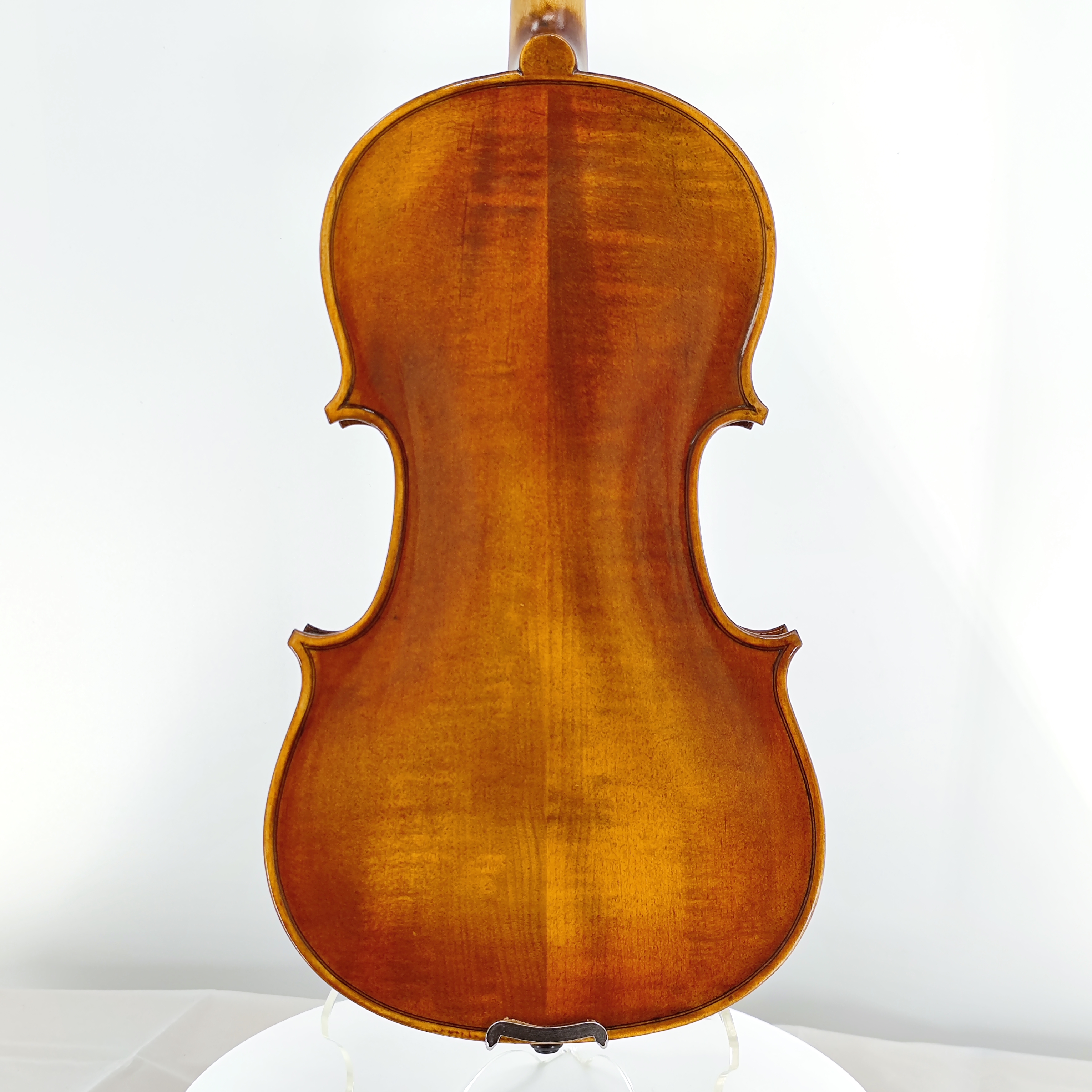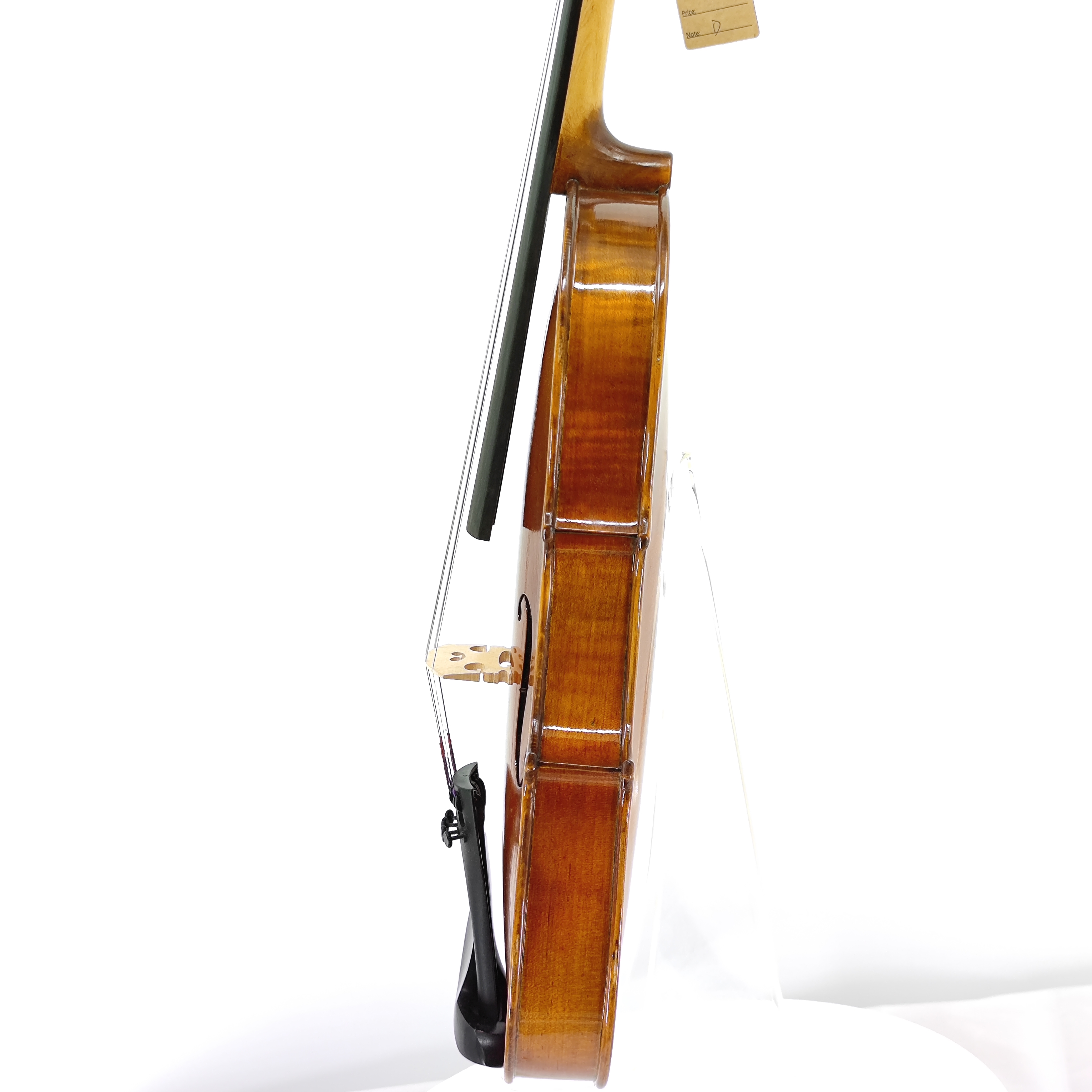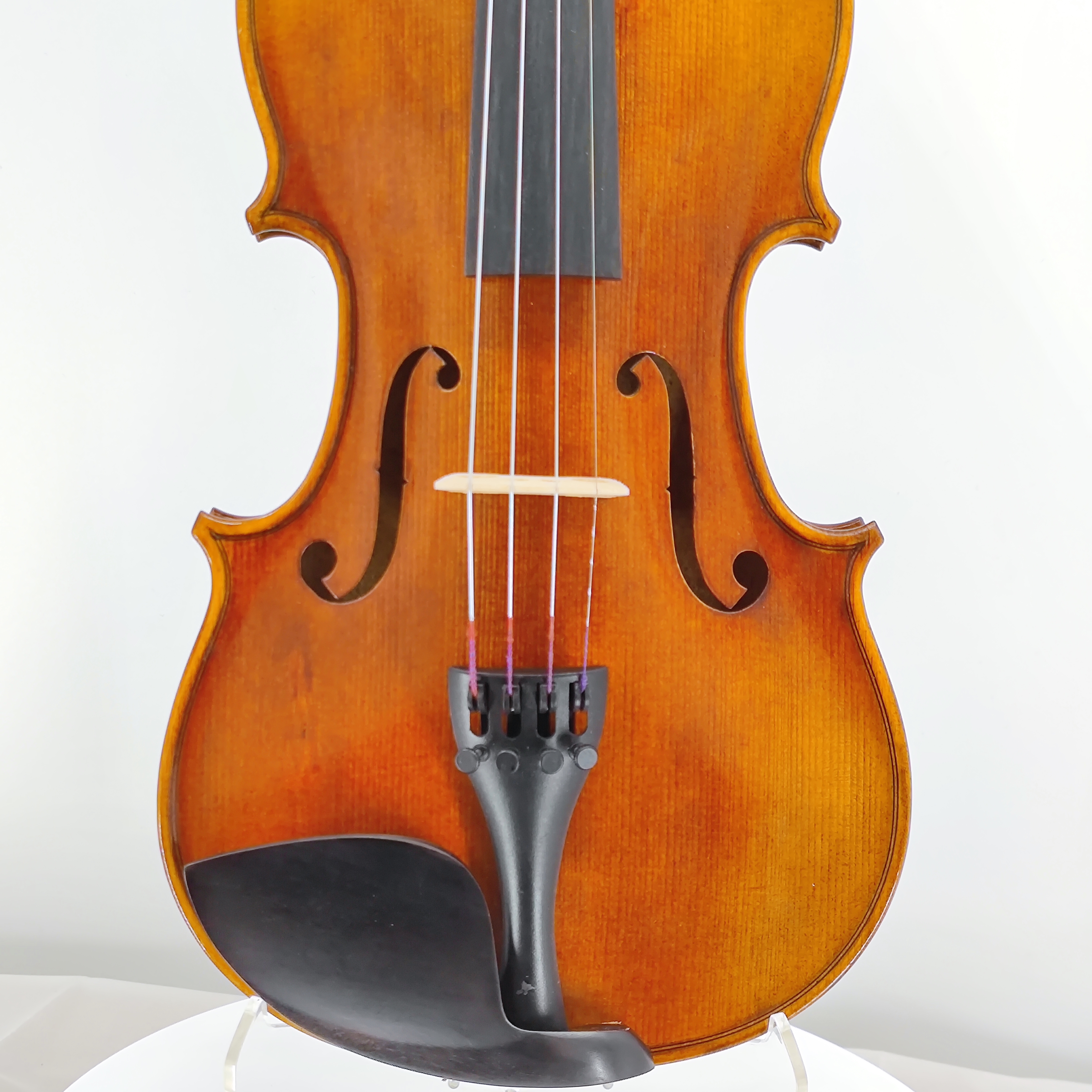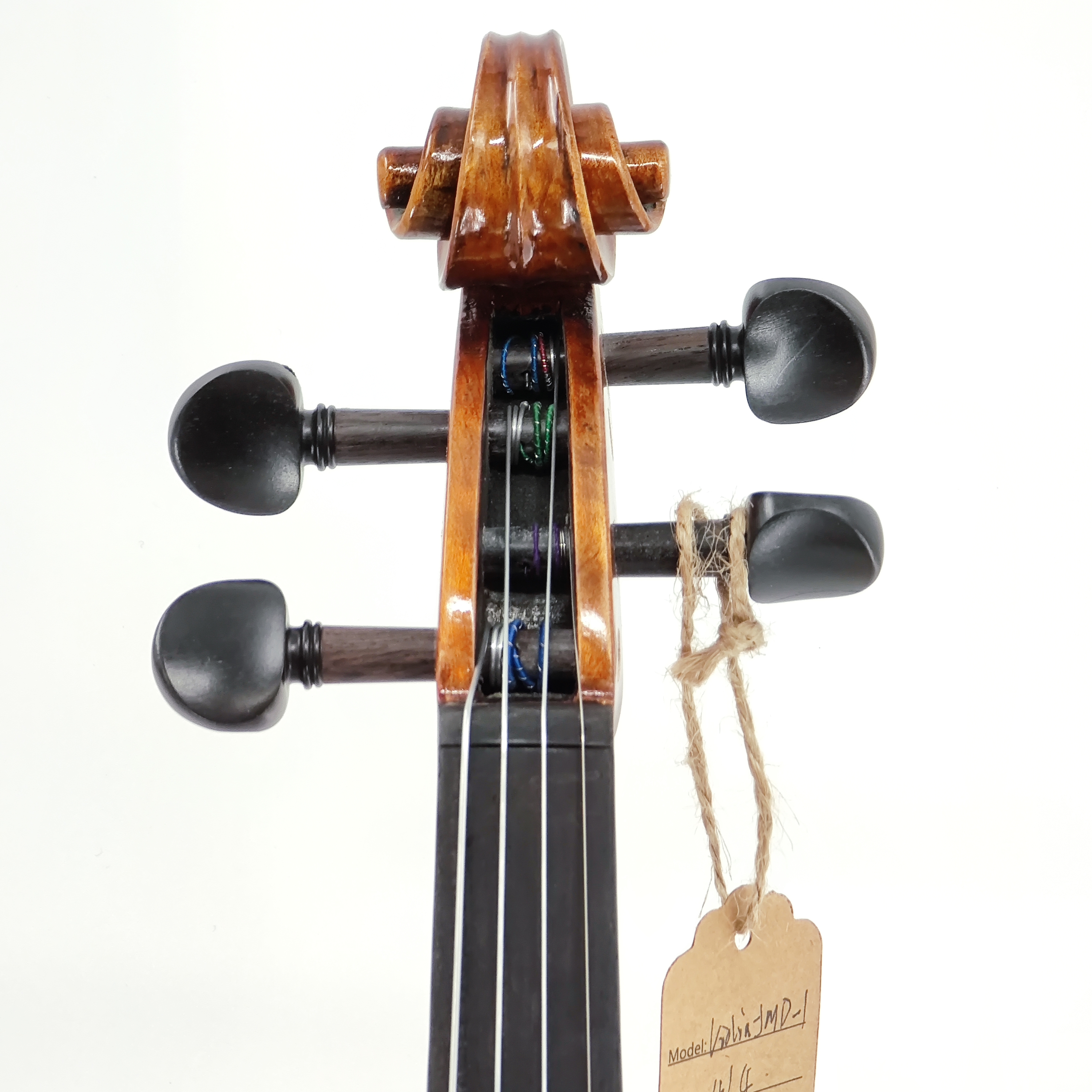Baseline: Baseline is the level of noise in the early cycles, usually measured between the 3rd and 15th cycles, since no increase in fluorescence values ​​due to amplification products is detected during this time. The number of cycles used to calculate the baseline can be varied, and if a high template amount is used or the expression level of the target gene is high, the number of cycles needs to be reduced. Setting the baseline requires looking at the fluorescence data for the linearity amplification curve. The baseline is set such that the increase in the amplification curve begins with the number of cycles greater than the maximum number of cycles in the baseline cycle. A separate baseline is required for each target sequence. The average fluorescence value detected in the early cycle needs to be subtracted from the fluorescence value obtained in the amplification product. The latest version of various real-time PCR software allows a single sample to automatically optimize baseline settings.
Background: refers to non-specific fluorescence values ​​in the reaction, for example, inefficient fluorescence quenching, or a large number of double-stranded DNA templates due to the use of SYBR Green. The background component of the signal is mathematically removed by the real-time PCR software algorithm.
Reporter signal: A fluorescent signal produced by SYBR Green or a fluorescently labeled sequence-specific probe during real-time PCR.
Normalized Report Signal (RN): This is the reported dye fluorescence intensity divided by the fluorescence intensity of the passive reference dye measured in each cycle.
Passive reference dye: In some real-time PCRs, the fluorescent dye ROX is used as a standard internal reference for fluorescent signals. It corrects for per-hole corrections due to inaccurate pipetting, hole position, and fluorescence fluctuations.
Threshold: The threshold is adjusted above the background value and is significantly lower than the plateau of the amplification curve. It must be in the linear region of the amplification curve and represents the log-linear range of PCR detection. The threshold should be set in the logarithmic amplification curve view to make the log linear phase of the PCR easy to identify. If there are multiple target genes in the real-time PCR, the threshold must be set for each target.
Cycle Threshold (CT) or Intersection (CP): The cycle through which the amplification curve passes through the threshold (ie, the point at which the fluorescence detection value increases significantly). The CT can be a fraction and the amount of starting template can be calculated.
ΔCT value: The ΔCT value describes the difference between the target gene and the corresponding internal reference gene CT value, such as housekeeping genes, and is used to normalize the amount of template used:
ΔCT = CT (target gene) – CT (endogenous reference gene)
ΔΔCT value: The ΔΔCT value describes the difference between the average ΔΔCT value of the sample of interest (eg, stimulator cells) and the average ΔΔCT value of the reference sample (eg, unstimulated cells). Reference samples are also referred to as calibration samples, and all other samples are normalized to this when they are relatively quantified:
ΔΔCT = average ΔCT (sample of interest) – average ΔCT (reference sample)
Endogenous reference gene: e The expression level of this gene does not differ between samples, such as housekeeping genes (3). Comparing the CT values ​​of the reference gene and the target gene can normalize the expression level of the target gene to the amount of RNA or cDNA input (see the section on ΔCT values ​​above). The exact number of templates in the reaction is uncertain. The reference gene is calibrated for possible RNA degradation or the presence of an enzyme inhibitor in an RNA sample, as well as changes in RNA content, reverse transcription efficiency, nucleic acid recovery, and sample processing. In order to select the optimal reference gene(s), we improved the algorithm and allowed its choice to depend on the experimentally set optimal reference (4).
Internal reference: A control sequence that was amplified as a target sequence in the same reaction and detected with a different probe (ie, double PCR). Internal parameters are often used to rule out failed amplifications, such as when no target sequence is detected.
Calibration samples: Reference samples used in relative quantification (eg, RNA derived from cell lines or tissue purification) for comparison with all other samples to determine the relative expression levels of a particular gene. The calibration sample can be any sample, but is usually a control (eg, an untreated sample or a sample from zero time of the experiment).
Positive control: a control reaction using a known amount of template. Positive controls are often used to check for primer sets or primers – whether the probe set is working properly and whether the reaction is set correctly.
No template control (NTC): A control reaction containing all the components necessary for the amplification reaction except for the template. This makes it possible to detect contamination due to contaminated reagents or foreign DNA, for example from previous PCR.
No RT control: RNA preparations may contain residual genomic DNA, which can be detected in real-time RT-PCR if the assay is not designed to detect and amplify only RNA sequences. DNA contamination can be detected by operating an RT control reaction in which no reverse transcriptase is added.
Standard: A known concentration or copy number used to construct a sample of a standard curve.
Standard curve: To generate a standard curve, a logarithmic plot of the CT value/different standard dilution intersection to the standard material input. Standard curves are typically generated using standard dilution ratios of at least 5 different concentrations. For each standard curve, its validity should be checked and the slope value falls between –3.3 and –3.8. The standard is the ideal measurement for each concentration in triplicate. The slope of the standard curve should be discarded if it differs greatly from these values.
Efficiency and Slope: The slope of the standard curve provides an indication of the efficiency of real-time PCR. A slope of -3.322 indicates that the PCR has an efficiency of 1 or an efficiency of 100%, and the amount of PCR product is increased by a factor of two per cycle. An efficiency of less than –3.322 (eg, –3.8) indicates that the efficiency of the PCR is <1. In general, most amplification reactions do not achieve 100% efficiency due to experimental limitations. A slope greater than -3.322 (eg, -3.0) indicates that the PCR efficiency appears to be greater than 100%. This may occur when the value is measured during the non-linear phase of the reaction, or it may indicate if an inhibitor is present.
The model Violin-JMD-1 is made with quality tonewood that will allow Beginners to advance further on their musical journey before trading up to another instrument.Aged materials gives a excellent tone, careful varnish application gives a clean and precise look that brings out the beauty of the wood. It will exceed your expectations for a beginner's instrument. Set-up with Premium Strings, bridges.
The instrument is Hand crafted to our high standards by skilled craftspeople.Material from high altitude aged flamed maple back and side. We are Solid Wood manufacturer which choose the high quality Flamed Maple Wood Violin,Two Pieces Back Violin, etc.
We usually insisit on our crafit spirit to make the perfect violin, a good violin should with intensity of sound and beautiful surface, a good wood could make a good violin easier.
This violin belongs to beginner Violin. We are Maple Wood Primary Violin supplier & manufacturer, which offer low price, high quality Solidwood Student Violin,Solid Spruce Top Violins, etc.
Specifications:
Top : Solid Spruce , Well done purfling(Inlaid)
Back&side: Solid MapleScroll : Solid maple
Neck: Solid maple
Color: Red brown
Finish: Antique red brown
Painting : Hand oily
Size:4/4-1/16





violin for beginner, student violin for sale, hot selling violin 4/4,cheap handmade violin,violin with low price
Queshan Wahyo Violin Ltd , https://www.wahyoviolin.com